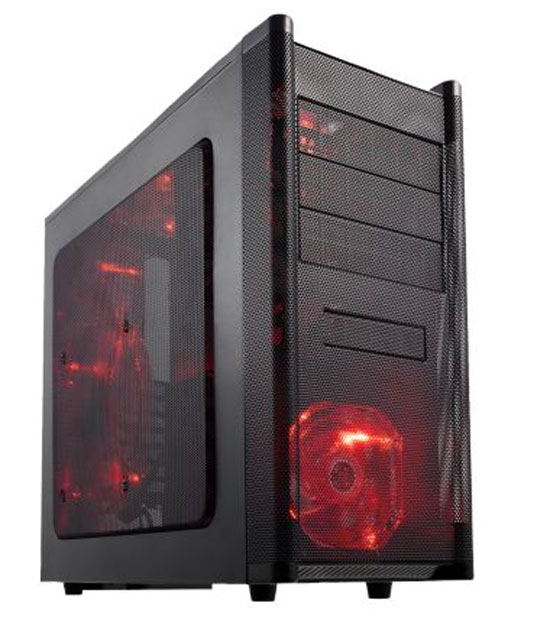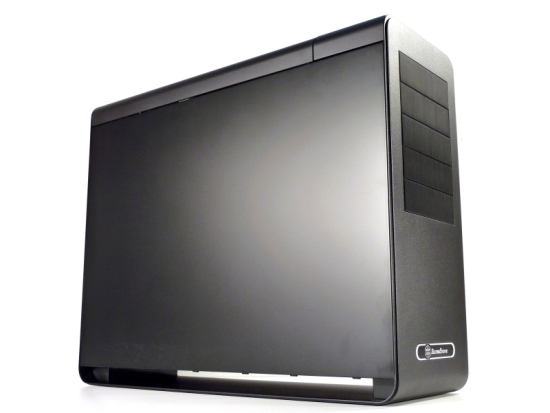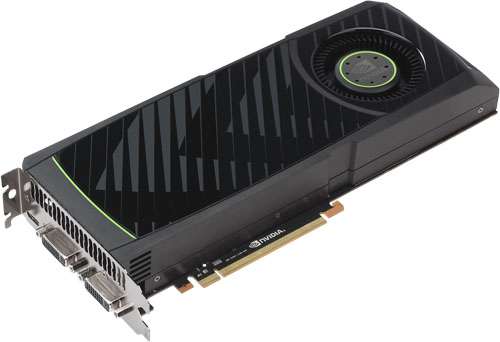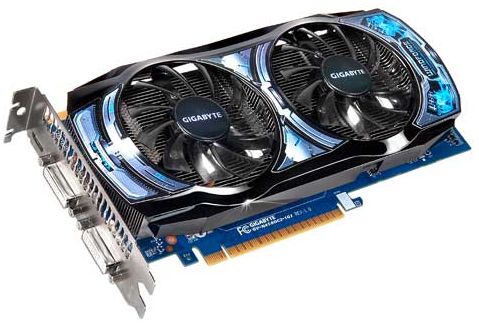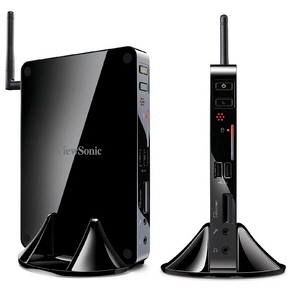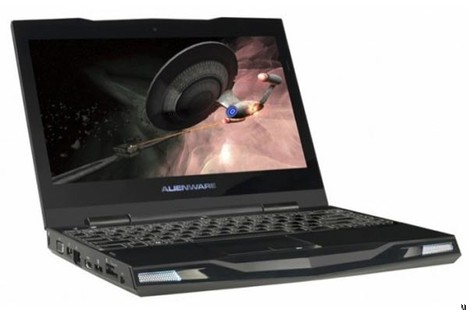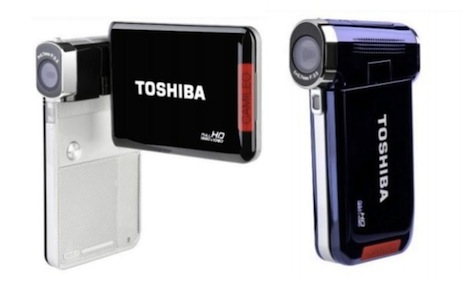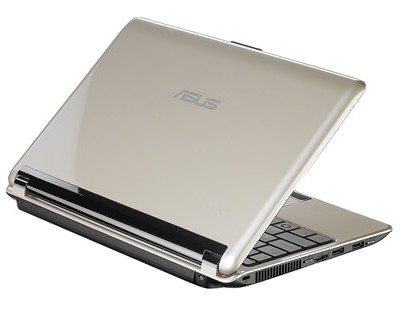
AMD solely launched its third-generation 40nm GPU, but here is very little extra in stipulations of architecture compared to the 5000 Series. To add to the confusion, the extra cards are in fact closer in performance to the Radeon HD 5830 and 5770 than the Cypress cards with which these cards share a suffix. You read aptly:
The Radeon HD 5850 and 5870 will go one better than the wet-behind-the-ears Radeon HD 6870 and 6850, correspondingly. Read on to discover made known how AMD managed to depression the fee of performance graphics cards Lacking a go to meet your maker lessen or extra architecture.The GPU inside the 6870 and 6850 consists of 1.7 billion transistors, which is close to semi a billion fewer than the 5870GPU. Die size has furthermore slimmed from Cypress’ 334mm2 to 255mm2, which enables AMD to crank made known more 6870 GPUs for every wafer. AMD’s secret to maintaining virtually 5870 performance with 25% fewer ICs is basic timer. The Radeon HD 6870 and 6850 be inflicted with 900MHz and 775MHz cores, correspondingly. Both GPUs be inflicted with a 256-bit reminiscence automobile, but AMD fit the clocks by 1,050MHz pro the 6870 and 1,000MHz pro the 6850. Load/idle board power pro the 6870 and 6850 are 151W/ 19W and 127W/19W, correspondingly.
Architecturally, AMD’s engineers effectively took 25% of the horses dyed-in-the-wool to Cypress’ compute/shader/texture performance and hitched them as a replacement for to a rasterization/ tessellation/ROP wagon, docile better real-world gaming performance. The SIMD engines found in the flagship Radeon HD 5870 return virtually unchanged in the Barts XT and Pro chips, which be inflicted with 14 and 12 SIMD engines Correspondingly, pro 1,120 and 960 spill processors all. The single real alteration, however, is with the intention of all Of the extra SPs is thumbs down longer competent of FP64 calculations, which by no means occur into mess about with 3D workloads, So gamers won’t notice the omission. The more noteworthy changes came to the tessellation element, which is currently competent of roughly twice the performance of the Cypress-based cards. The graphics engine
Furthermore has a following rasterizer, which keeps the GPU’s horses fed and watered. These cards furthermore support AMD’s extra Morphological Anti-Aliasing mode, which performs fullscene anti-aliasing with a reduced amount of frame rate Penalty compared to super-sampling. We tested the Radeon HD 6870 and 6850 hostile to Evga’s GeForce GTX 460 SuperClocked Edition, which got a $20 fee graze on the eve of AMD’s launch. Inside the DirectX 9 Left 4 Dead 2, AMD’s extra cards surpassed the mildly overclocked GTX 460 by more than 20fps (for the 6870) and 9fps (for the 6850). The DX11 performance was significantly closer, with the 460 besting the 6850 in S.T.A.L.K.E.R.: Call of Pripyat. The more tessellation-intensive Aliens against. Predator sample seems to act of kindness AMD’s hardware, which speaks frankly to the advancements made in the Barts GPU. AMD has a winner on its hands, but Nvidia’s price-slashed GTX 460 and 470 are more striking than always. The price/ performance battle is close, but AMD gets the okay at this time. But even if AMD’s parade was moistened by Nvidia’s fee graze, gamers in the promote pro a extra graphics license occur made known the ultimate winners.













